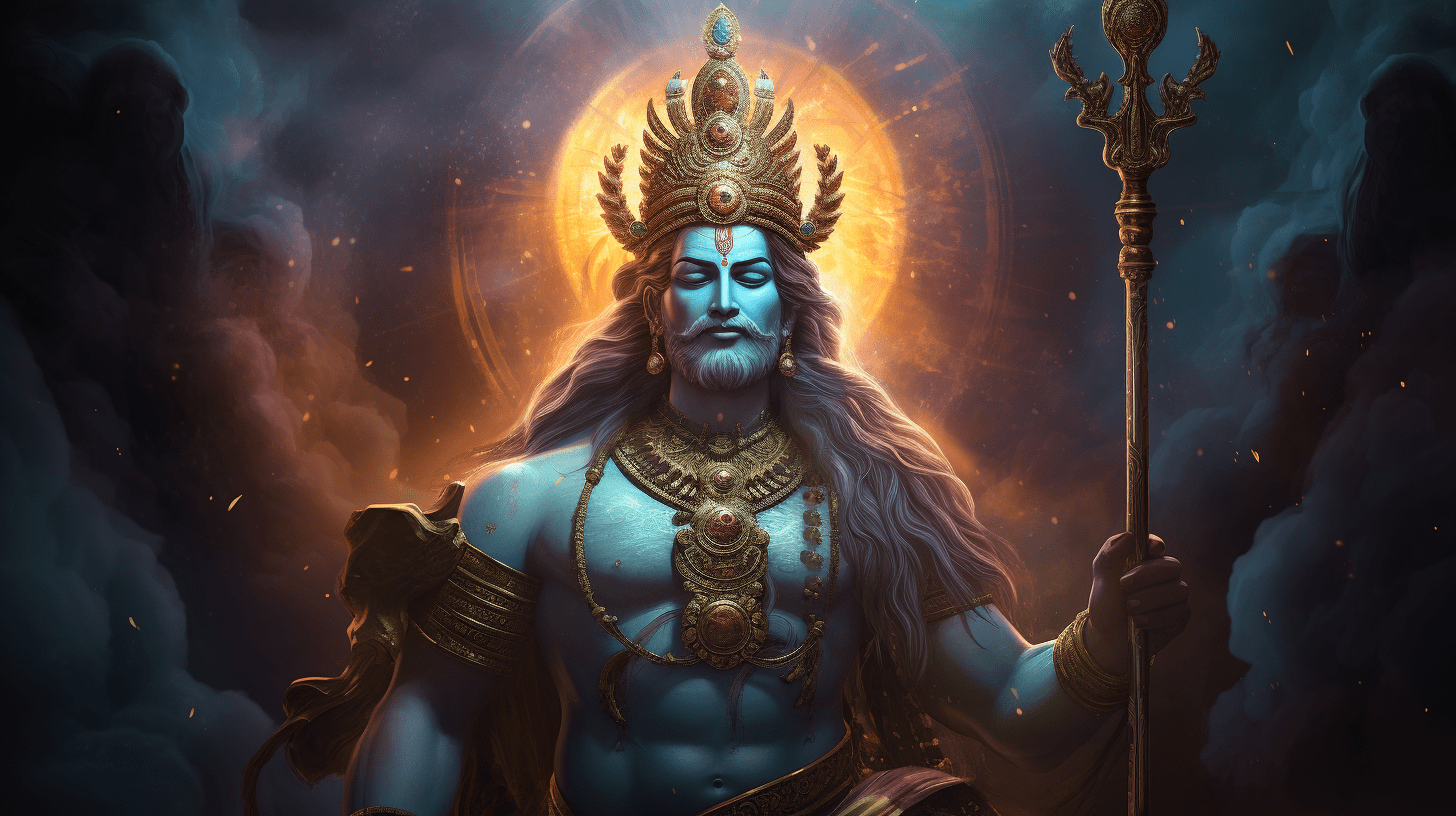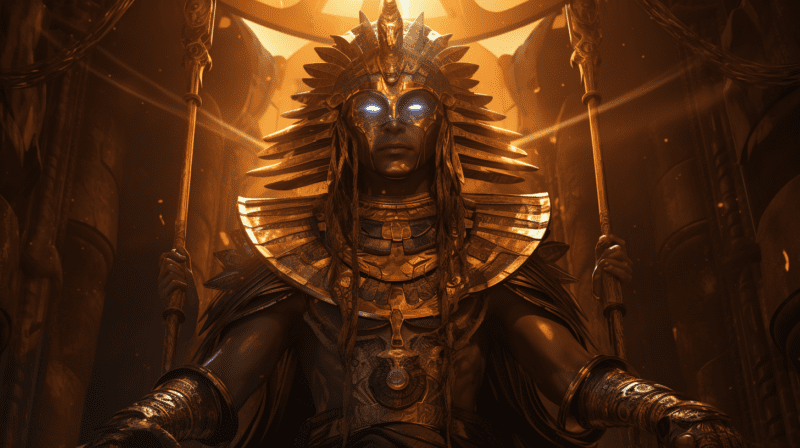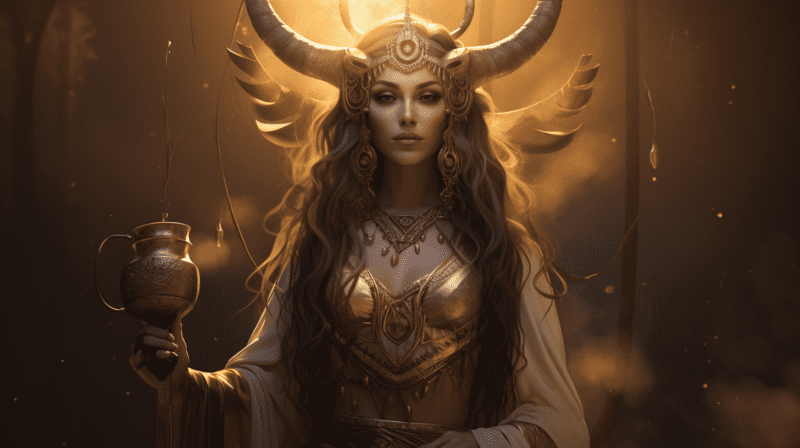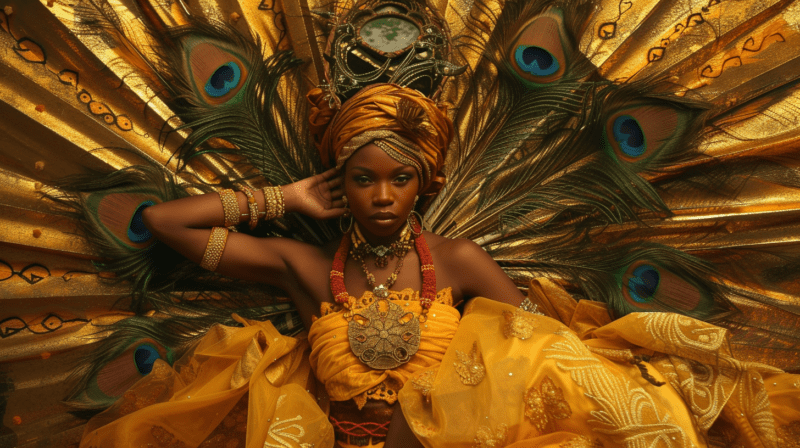Unveiling the Marvels of Freya: The Norse Goddess of Love and War
In the realm of Norse mythology, a pantheon of powerful gods and goddesses reigns supreme. Among them, Freya, the goddess of love and war, stands out as a remarkable figure. Known for her beauty, passion, and prowess, Freya has captivated the hearts and imaginations of many. In this blog post, we delve into the intriguing story and attributes of Freya, exploring her significance in Norse mythology and shedding light on her enduring legacy.
The Origins and Etymology of Freya
The name “Freya” has deep-rooted origins in Old Norse. Derived from the Proto-Germanic word “frawjō,” meaning “lady” or “woman,” Freya is associated with fertility, abundance, and feminine power. Additionally, her name is linked to the Old High German word “frouwa,” which signifies “mistress” or “queen.” The etymology of her name reflects her position as a prominent and influential figure in Norse mythology.
Position in Norse Mythology
Freya is a member of the Vanir, one of the two main groups of gods in Norse mythology, along with the Aesir. Known for their association with fertility, wealth, and prosperity, the Vanir gods played a vital role in Norse cosmology. Freya, as the foremost goddess of the Vanir, embodied the beauty and power associated with fertility and love.
Love, Beauty, and Sensuality
One of Freya’s most prominent domains is love, beauty, and sensuality. Revered as the goddess of love, she was sought after for her ability to bring joy and harmony to relationships. Freya’s radiant beauty and enchanting presence were irresistible, captivating the hearts of both gods and mortals. Her association with desire and passion made her an emblem of sensuality and desire.
The Warrior Goddess
Contrary to her role as a goddess of love and beauty, Freya was also known for her prowess as a warrior. She had a ferocious side that earned her the epithet “the Lady of the Slain.” Riding in a chariot pulled by two massive cats, Freya was a formidable force on the battlefield. She taught the art of war to chosen heroes and was a patroness of brave warriors.
Treasured Possessions
Freya possessed several remarkable items that showcased her power and influence. The most renowned of these was the necklace Brísingamen, a symbol of fertility and feminine allure. Additionally, she owned a cloak of falcon feathers that allowed her to transform into a falcon, granting her the ability to travel swiftly and survey the realms. These possessions elevated her status among the gods.
Freya and the Norse Afterlife
Freya had a significant role in the realm of the afterlife. Half of the warriors who died in battle were taken to her realm, Folkvangr, where they would join her in the Great Hall, Sessrúmnir. This association with the afterlife demonstrates Freya’s multifaceted nature as both a goddess of love and a powerful deity presiding over the realm of the slain.
Relationships and Associations
Freya’s captivating persona extended beyond her individual attributes. She had close connections with various gods and goddesses in Norse mythology. One of her notable relationships was with her brother, Freyr, the god of fertility and abundance. Their bond symbolized the intertwining of love and prosperity. Freya was also associated with Odin, the chief of the Norse gods, with whom she shared her knowledge of magic and divination.
Freya and Seidr: Magic and Divination
Freya’s expertise in magic and divination was renowned throughout the realms. She practiced a unique form of sorcery known as seidr. Through seidr, Freya had the ability to see into the future, heal the wounded, and manipulate the threads of destiny. Her mastery of this mystical art solidified her status as a wise and influential goddess.
Influence in Contemporary Culture
Freya’s allure and significance have transcended the ancient tales of Norse mythology and have found a place in contemporary culture. Her captivating persona has been depicted in numerous works of art, literature, and even popular media. From novels to movies and video games, Freya’s character continues to inspire and captivate audiences, ensuring her legacy lives on.
Symbolism and Lessons from Freya
Freya’s story and attributes carry profound symbolism and valuable lessons. Her embodiment of love, beauty, and strength emphasizes the importance of embracing one’s passions and desires while staying resilient in the face of adversity. Freya’s duality as a goddess of love and war teaches us the balance between vulnerability and determination. She reminds us that we can be both gentle and fierce, compassionate and assertive.
Freya, the Norse goddess of love and war, holds a significant place in the pantheon of Norse mythology. From her associations with love, beauty, and sensuality to her role as a warrior goddess and master of magic, Freya’s multifaceted nature continues to captivate and inspire. Her enduring legacy serves as a reminder of the complexities of human existence and the power of embracing both our gentle and fierce aspects.





